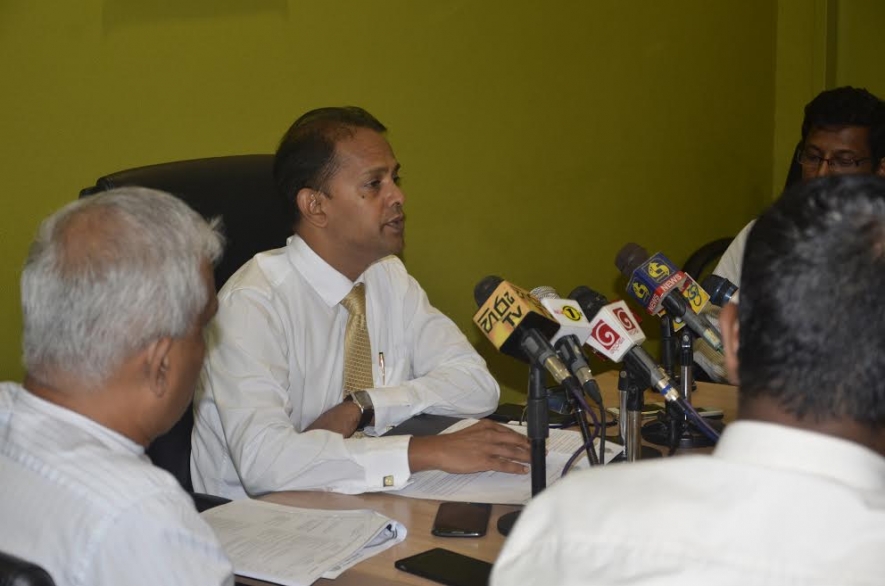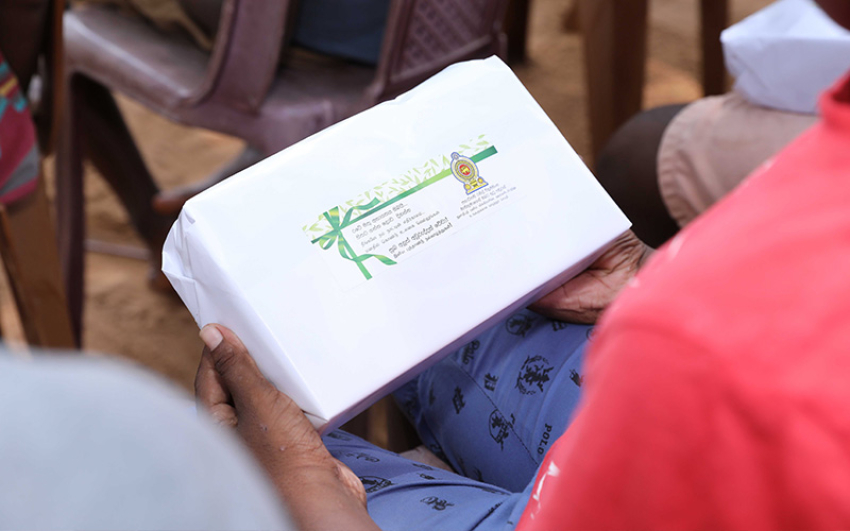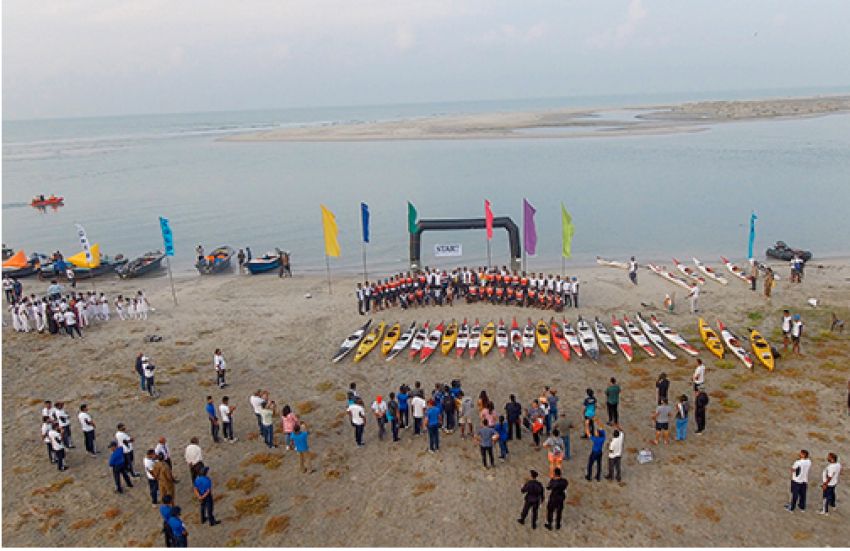The Commission states, the plants listed in the LCLTGEP for the period of 2017 – 2020, should be immediately constructed and operated, to prevent the possible power shortage in year 2018.
These plants include two thermal power plants with the capacity of 170 MW in Southern region, 105 MW gas turbines, 300 MW natural gas power plant and several renewable energy power plants with the capacity of 700 MW which include three major hydro power plants. Accordingly about 1,275 MW would be added to the national grid during next four years.
The current installed capacity is 3,900MW and it is expected the total installed capacity to be 4,955 MW by the year 2020.
PUCSL envisages an energy shortage in years 2018/ 2019 unless the plants identified in the approved plan relevant to the period is implement on time.
The Commission did not approve the proposed coal power plants at Sampur due in 2021 and 2022, keeping in line with the Government policy.
Even though 2015-34 LCLTGEP was sanctioned, the Commission emphasized that the CEB should submit the LCLTGEP for the period of 2018- 2037 for the approval of Commission, by 30th of April 2017, giving priority to the Government policy framework and the least cost principles.
The plants beyond 2020, mentioned in the plan 2015- 2034, should be revalidated with the 2018- 2037 plan, in line with the government policy, the Commission further said.
“The LCLTGEP 2018-2037 which will be submitted to the Commission by April next year should be based on wider consultation with stakeholders in analyzing demand forecast,” the Commission said.
“Also the Commission expects the plan should contain demand side management programme and related investment plan, ways of absorbing more electricity from readily available renewable energy sources and updated environmental, health and other externalities with the latest available figures.”
As per the CEB’s forecast Sri Lanka’s electricity demand is expected to grow at 5.3 percent on average during 2015 – 2034 period, in addition the peak demand is expected to grow at 4.7 percent on average.




















